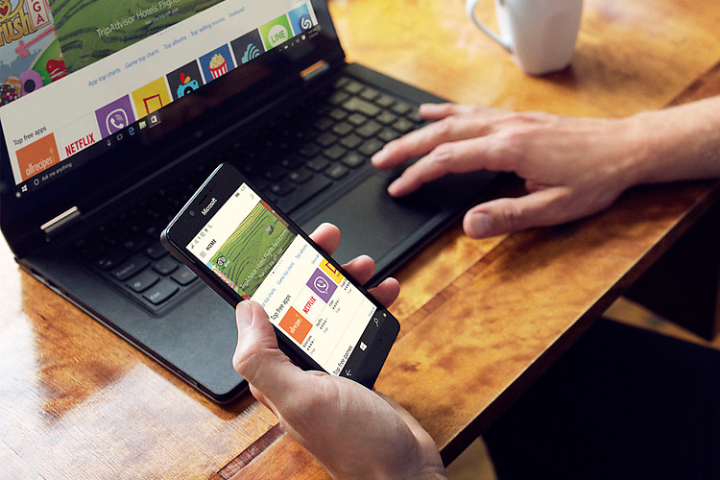
Preview testers were already using this texting feature, but it seems like Microsoft isn’t keen to launch a service that works only with its ailing Windows Phone platform. The change is disappointing for Windows Phone users, who thought they’d end up with something similar to Apple’s iMessages or Google’s SMS via Hangouts. Alas, it’s not meant to be.
“[Messaging Everywhere] was well-received by Insiders, however, we believe we can deliver an even better experience through the Skype app,” said a Microsoft blog post about the change. “Because of this, we decided not to release this feature as part of the Windows 10 Anniversary Update this summer.”
Build 14376 and later will no longer have access to the feature, meaning anyone who was enjoying the feature should brace themselves. It’s not clear when the new, Skype-integrated version of this system will arrive, though it’s likely to be part of an upcoming Universal version of Skype.
Users hoping to text from their PC aren’t completely out of luck, however. If you own a Windows Phone, or have set up Cortana on your Android phone, you can ask Cortana to send a text on your PC. Cortana will also provide such users with notifications of new messages, and missed calls.
And if users want a single interface from which they can send and receive texts, there are plenty of third-party tools for the job. Pushbullet and Airdroid both come to mind, as does MightyText.
None of these services offers quite the same user interfac, and systemwide integration of Microsoft’s messaging everywhere. But that’s the thing with beta testing: sometimes features you like disappear.
Editors' Recommendations
- The next big Windows 11 update has a new hardware requirement
- Microsoft announces a new threat to push people to Windows 11
- Beware! The latest Windows 11 update might crash your PC
- 7 beloved Windows apps that Microsoft has killed over the years
- How to remove a Microsoft account from Windows 11


